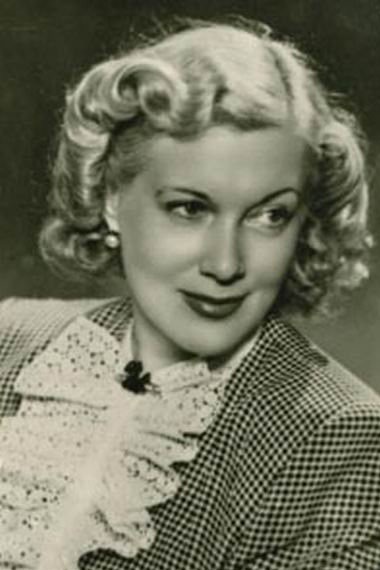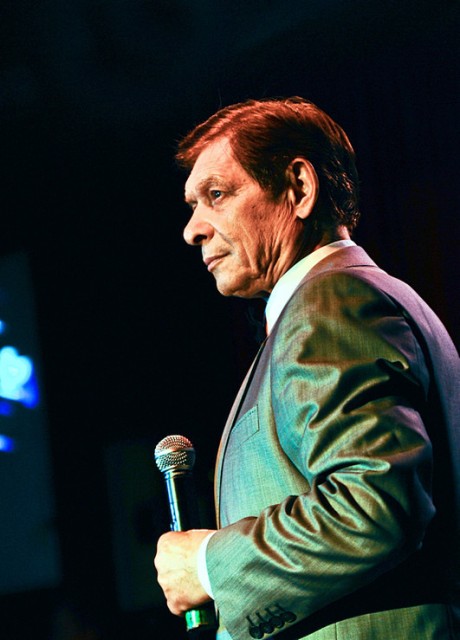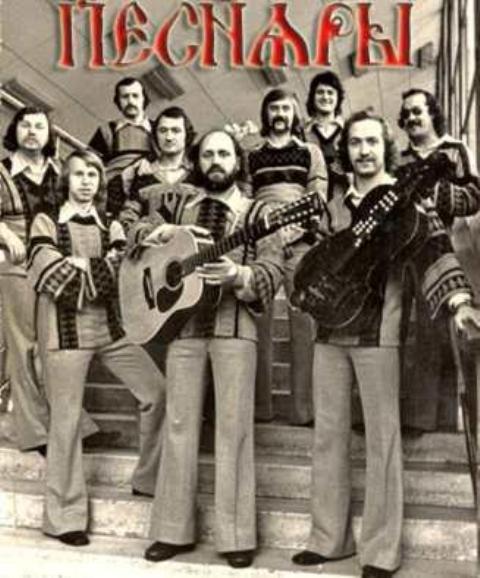Популярная музыка в Советском Союзе
Русский > Контекст > Музыка > Популярная музыка
Эстрадная и популярная музыка исполнялась ансамблями и солистами песен, написанных композиторами и профессиональными поэтами. Упор делался на вокальные данные исполнителей, и на чистоту и оригинальность музыки.
During the Stalin period, Lyubov Orlova (1902-1975) was one of the first stars. She was the wife of film director Grigory Aleksandrov (1903-1983) and acted and sang in musicals. In general, there was much interaction between film and light music. The songs of the famous vaudeville artists were regularly performed in movies, and artist often included songs from movies in their repertoires.
Other renowned entertainers of that era were Leonid Utyosov (1895-1982), Claudia Shulzhenko (1906-1984) and Rashid Beybutov (1915-1989).
In the period from 1973 to 1986, often referred to as the эпоха застоя (epokha zastoya) or the era of stagnation, which roughly corresponds to the period in which Brezhnev, Andropov and Chernenko were into power, the variety shows and pop music were completely dominated by the state. The music was made by members of the Union of Soviet Composers and the lyrics were written by professional and reliable poets. Especially in terms of lyrics, the creativity was strictly encapsulated, and the subjects were limited to patriotism and love.
A stereotype of the singers in that period was Edward Khil (°1934). With his indelible smile, carefully measured dance steps and lyrical baritone, he was presented as a charming eternal optimist. In 2009 he became known worldwide as the Trololo Man. In 1976 he had recorded a song without lyrics, with the title I'm happy because I can finally return home. The music was written by Arkady Ostrovsky (1914-1967). According to Khil, the song had been recorded without lyrics because the original text of Lev Osyanin (1912-1996) would have been about an American cowboy, and therefore forbidden by the authorities. But according to Mikhail Ostrovsky, the son of the composer, it was only due to a conflict between Ostrovsky and Osyanin. The latter would have said that a composer meant nothing without a copywriter, and Ostrovsky wanted to prove the opposite by composing a song with a plain meaning.
Click here to watch the Trololo Man
ВИА
В 60-е гг. советские власти усилили контроль над рождающейся поп и рок-музыкой. Наряду с такими уже существующими учреждениями, как Союз композиторов СССР и студия грамзаписи Мелодия, ВИА ввел в действие новый механизм наблюдения.
Как правило, песни для одобренных властью Вокально-Инструментальных Ансамблей (ВИА) были написаны профессиональными композиторами - членами Союза советских композиторов.
Для появления в средствах массовой информации, находящихся под контролем властей, ансамблю было необходимо иметь официальный статус ВИА, подразумевавший обязательное наличие в каждом из них художественного руководителя. В его обязанности входило руководство делами ансамбля и продюсирование. Иногда он исполнял роль главного участника группы и был автором текстов песен
ВИА создали собственный стиль поп-музыки: музыки, противоречившей идеалам режима и разрешенной для передачи по радио; музыки ориентированной на молодежь и представлявшей собой слияние традиционной музыки с элементами рока, диско и новой волны. Песни ВИА были пронизаны патриотическим духом, восхваляли национальную культуру и затрагивали темы любви, радости и грусти.
The records of the VIA's could only be produced and distributed by the State-owned Company for the production, storage and distribution of sound recordings Мелодия (Melodiya), which was established in 1964.
Одним из самых знаменитых ВИА ансамблей были Песняры. Этот белорусский фолк-рок коллектив первым дал концерты в Америке. Земляне - другая знаменитая группа, которой разрешалось использовать элементы рока. Поющие гитары имели такой резонанс, что их называли Советскими Битлз.
Перевод осуществила Анна Лел, студентка Факультета письменного и устного перевода - Школы Международных Переводчиков, Монский Университет, Бельгия, в рамках переводческой мастерской четвёртого курса 2013. Под руководством Анн Делизе.
Поместить эту страницу |


